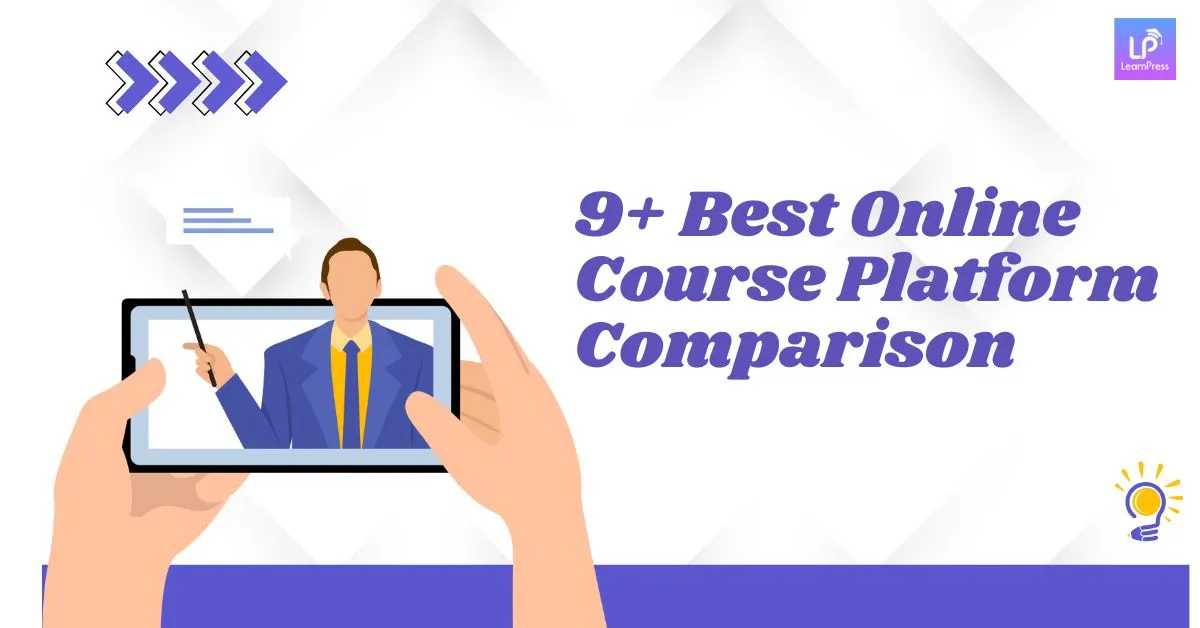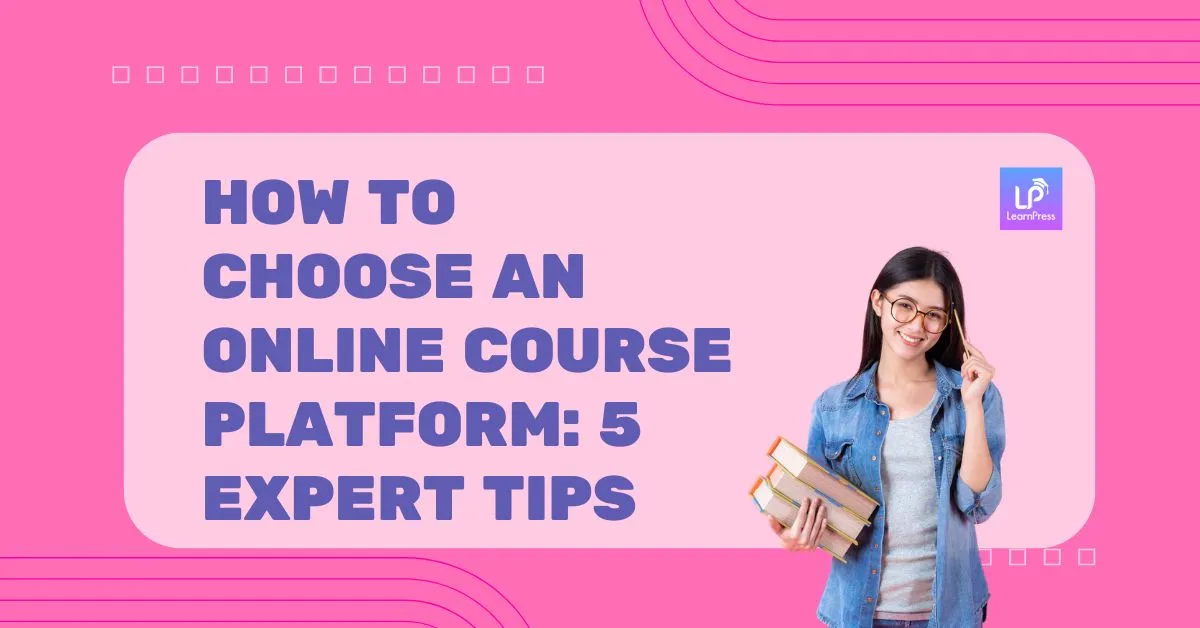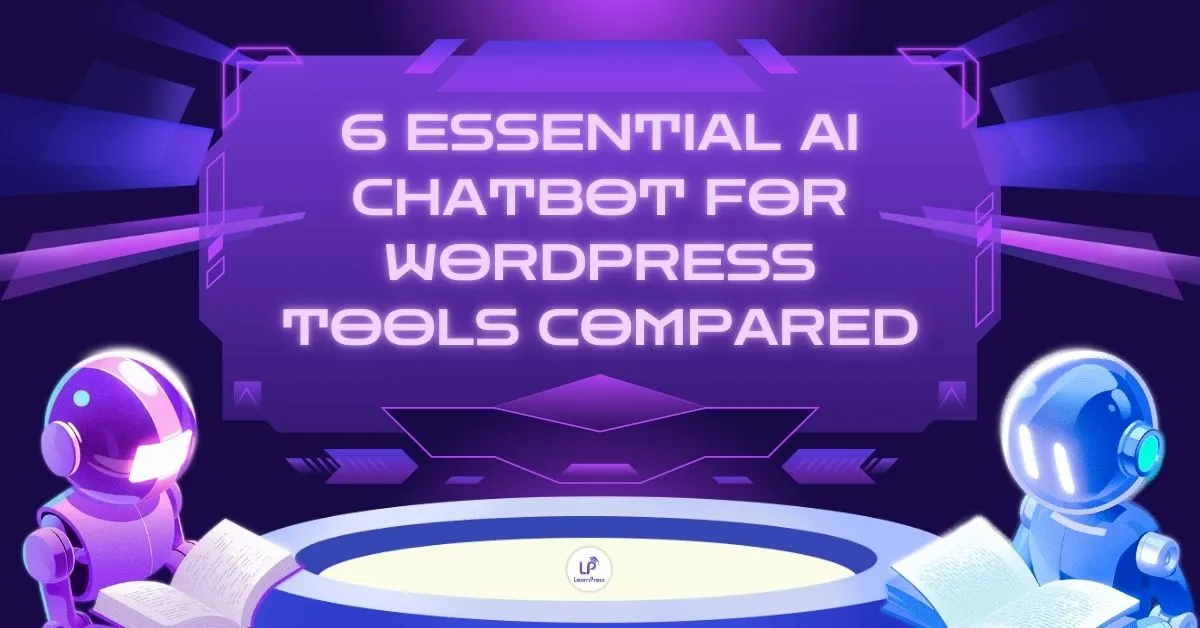You’ve done the hard part. You’ve poured your expertise into a brilliant online course, launched it on your site, and maybe the sales are even looking good. But then, you check your analytics, and a cold reality hits: your completion rate is in the single digits.
This is the course creator’s silent epidemic. The problem isn’t just your content; it’s your packaging and perhaps even your platform. In a world where every app is fighting for attention, just uploading videos and PDFs is a recipe for failure, especially if your online course platform itself is clunky. The key to success lies in creating truly engaging online course content.
But how? It’s not about flashy graphics. It’s about psychology, strategy, and smart design. If you’re wondering how to make an online course not boring, you’re asking the perfect question. These seven proven online course engagement strategies will help you transform your static course into a dynamic experience that students are excited to complete, which is the ultimate way to improve course completion rates.
Table of Contents
LearnPress – WordPress LMS Plugin
We provide an amazing WordPress LMS plugin to create & sell online courses. Let’s find out!
Try Now1. The ‘Frictionless’ Journey: Perfecting the Learner Experience
Before a student even consumes your first lesson, they interact with your course platform. This is the learner experience, and it’s your first battleground for engagement.
Imagine a beautifully written book with blurry text, pages stuck together, and no chapter breaks. You wouldn’t read it, right? The same goes for your course. The learner experience is the “container” that holds your content. If that container is broken, confusing, or ugly, your students will leave, no matter how brilliant your lessons are. A poor learning experience is the fastest way to kill otherwise engaging lessons.
This is a subtle but vital part of engaging online course design.
How to implement this:
- Mobile-First Design: Your students are on their phones. Ensure your LearnPress theme (like Eduma or Coaching) is 100% mobile-responsive so they can learn on the go.
- A Personal Welcome: Your very first lesson should be a “Welcome” video. Show your face. Get them excited. Explain how to take the course and where to find everything.
- Clear Navigation: A student should never have to wonder, “What do I do next?” Your course structure should be linear and intuitive, guiding them from one lesson to the next without any friction.
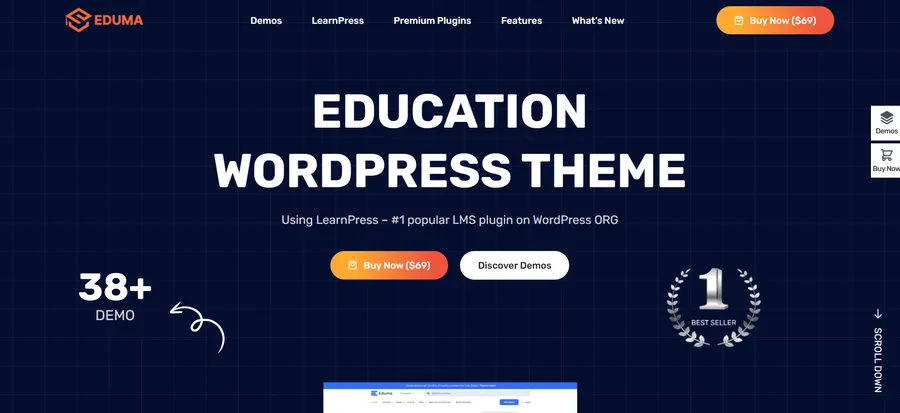
2. Start with a Destination: The Power of Clear Learning Objectives
Now that your foundation is solid, you need to give your students a reason to start the journey. The foundation of all student motivation is clarity.
This is where your learning objectives come in. Think of these as a GPS for your student’s brain. Vague goals like “Learn Digital Marketing” are overwhelming. They’re just a dot on a map with no roads.
Specific, actionable goals like “Launch one profitable Facebook Ad campaign for a local business” provide a clear, achievable destination. This clarity is the start of creating engaging online course content. When students know exactly what they will be able to do after each module, they aren’t just “learning”; they are “achieving.”
How to implement this:
- Start every module with a bulleted list: “In this module, you will…”
- Use action verbs: e.g. “Create,” “Build,” “Analyze,” “Implement.”
- Tie every quiz and assignment directly back to these stated learning objectives.
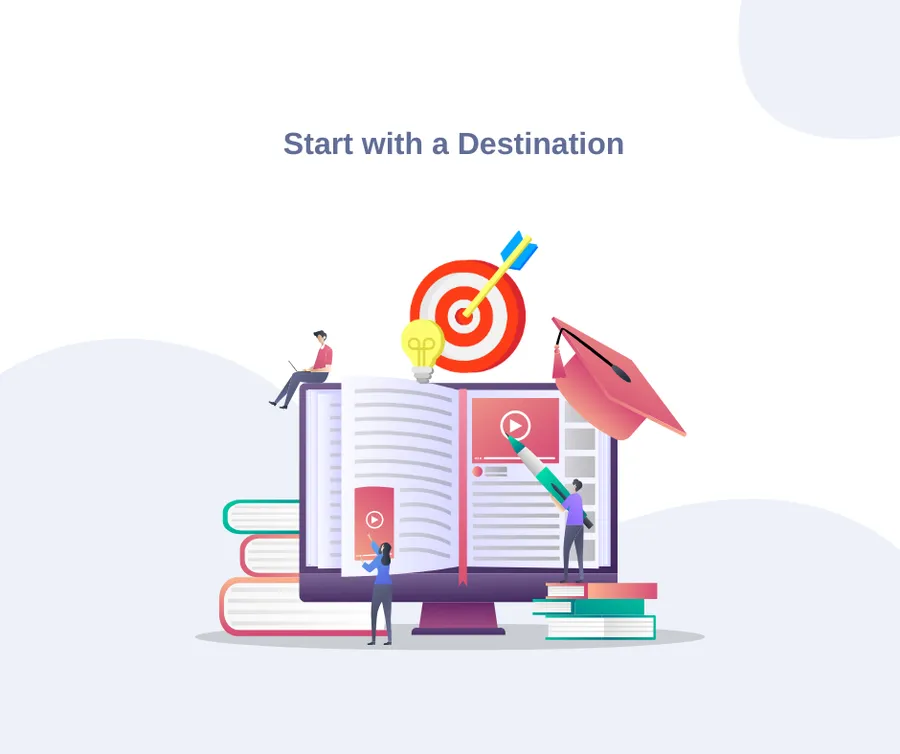
3. Stop the Scroll: From Passive Consumption to Interactive Learning
The biggest enemy of engagement is passivity. Watching a video is passive. Reading a PDF is passive. True learning—the kind that sticks—happens when the student’s brain is forced to act.
This is where interactive learning comes in. Your goal is to make the student “do something” as often as possible. This simple shift is a cornerstone of effective engaging online course design.
How to implement this:
- Quizzes as Teaching Tools: Stop using quizzes just for grades. Use LearnPress’s powerful quiz features to create “knowledge checks” after every important lesson. But just adding a quiz isn’t enough; Effective Quiz Design is what separates a test from a teaching tool. The act of retrieving information (active recall) is what builds memory. This shift from passive to active is the core of engaging online course content.
- Actionable Assignments: Don’t just ask “What did you learn?” Ask “Show me what you learned.” If you’re teaching code, have them submit a code snippet. If you’re teaching design, have them upload a graphic. The LearnPress Assignments add-on is perfect for this.
- Integrated Polls & Surveys: Ask for opinions. Use a simple poll to make students feel heard and involved in the interactive learning process.
4. The Psychology of Progress: Unleash Gamification
Why are video games so addictive? Because they provide a constant, visible feedback loop of progress. You can apply this same psychology to your course. This is gamification, and it’s one of the most effective online course engagement strategies available.
When students can see their progress—a bar filling up, a new badge unlocked—they are driven to continue. Gamification provides the extrinsic rewards that build intrinsic student motivation. It’s precisely how to make an online course not boring.
This turns mundane administrative tasks into part of the engaging online course content.
How to implement this:
- Points & Badges: Use LearnPress add-ons like myCRED or GamiPress. Award points for logging in, completing a lesson, or passing a quiz. Award special badges for finishing a “challenge” module.
- Certificates: A professional-looking certificate (using the LearnPress Certificate add-on) is a powerful motivator. It’s a tangible reward that students can share on LinkedIn, providing both a sense of accomplishment and social proof for your course.
- Leaderboards: Introduce a friendly competitive element by showing who has the most points this week.
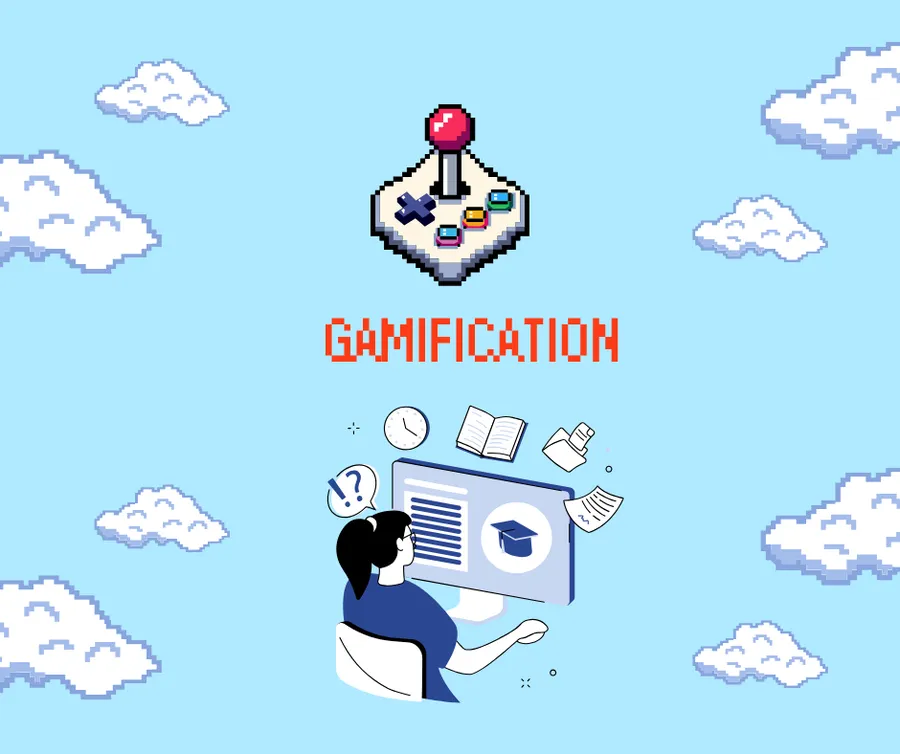
5. The ‘Bite-Sized’ Approach to Content Delivery
Let’s be real: almost no one has the attention span for a 90-minute university lecture anymore. We live in a world of quick updates, short videos, and fragmented schedules. Your course must respect that.
This is “microlearning,” and it’s your most powerful tool for delivering engaging online course content.
Break your complex topics into a series of short, 5-10 minute videos. Each video should cover one idea and one idea only. This “chunking” method respects your students’ time and cognitive load. It makes the material feel manageable. The sense of accomplishment from finishing a lesson quickly creates a positive feedback loop, making them want to click “Next Lesson.” This is a must-do for engaging online course content.
How to implement this:
- In your LearnPress dashboard, create more Lessons within fewer Sections. (If you need a step-by-step technical guide, this post on How To Create A Course In LearnPress will walk you through the exact dashboard settings.)
- Keep videos under 10 minutes. If a topic is complex, make it a 3-part series rather than one 30-minute epic.
- Combine video with a short text summary and a single-question quiz for maximum retention.
6. Don’t Let Them Learn Alone: The Power of Community
Isolation is the kryptonite of course completion. Creating engaging online course content isn’t just about what you upload; it’s about the environment you build around it.
Learning is inherently social. By fostering a community, you provide a support system, a place for discussion, and a sense of accountability. This “social learning” component is critical if you want to improve course completion rates. When students make friends or feel connected to the instructor, they’re far less likely to ghost the course.
This is one of the most crucial online course engagement strategies because it transforms your lessons from static files into a living ecosystem.
How to implement this:
- Integrate a Forum: Use the LearnPress bbPress or BuddyPress add-ons to create a dedicated forum right inside your course.
- Seed Discussions: As the instructor, post discussion prompts. “Share your biggest ‘aha’ moment from Module 2,” or “Post your project from Lesson 4 for peer feedback.”
- Host Live Q&As: Use a webinar tool to host monthly live calls. This human connection is invaluable and makes students feel they’re part of something real.

7. Your Course is a Garden, Not a Statue
One of the most effective, yet overlooked, online course engagement strategies is iteration. Your course is never “done.” It’s a living product that needs to be tended.
Listen to your students. Where are they getting stuck? Which quizzes have a high fail rate? What questions are asked repeatedly in the forum? This feedback is gold. Use it to refine, update, and improve your content.
When students see that a course is actively maintained—with new content, updated examples, and fresh resources—it builds immense trust and value. This commitment is how you improve course completion rates long-term and what separates amateur content from truly engaging online course content.
Conclusion: From Content to Transformation
Creating engaging online course content is the single most important factor in your course’s success. It’s the difference between a digital file that collects dust and a transformational experience that changes lives.
By moving beyond static content and embracing a strategic approach, you can build a course that truly works. Start by perfecting the learner experience and setting clear learning objectives. Turn passive viewing into interactive learning and supercharge student motivation with gamification. Build a community so they never learn alone, and finally, treat your course like a garden you constantly refine.
You have the expertise. You have the platform with LearnPress. Now, you have the strategies to create the engaging online course content your students deserve—one they can’t wait to complete. This is the secret to engaging online course design and, ultimately, to a successful online education business.
Read more: Top 7 Powerful Udemy Alternatives for Online Learning
Contact US | LearnPress:
Website: https://learnpresslms.com/
Fanpage: https://www.facebook.com/learnpresslms
Email: [email protected]

